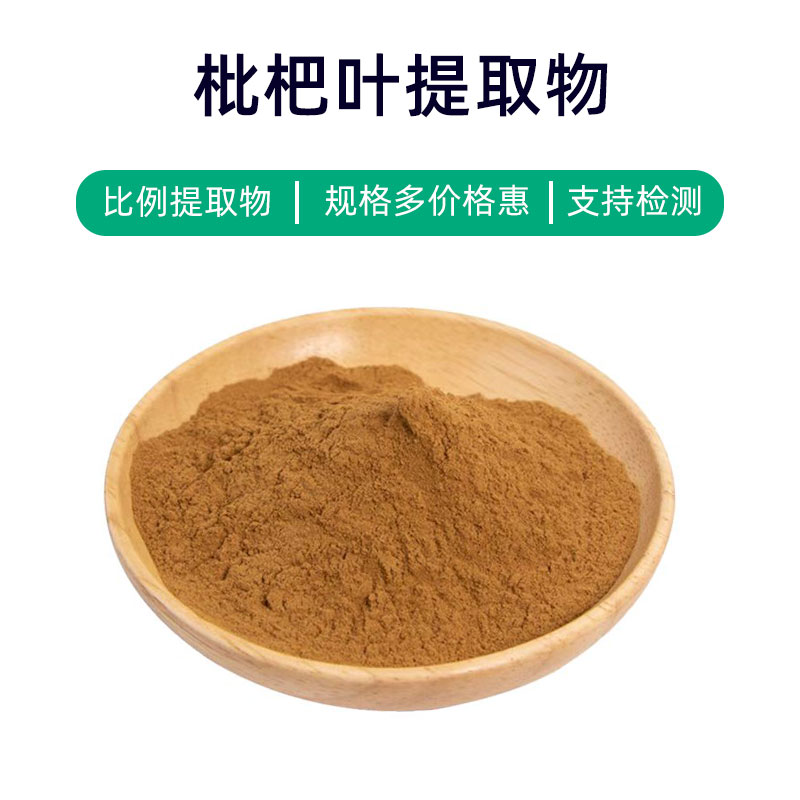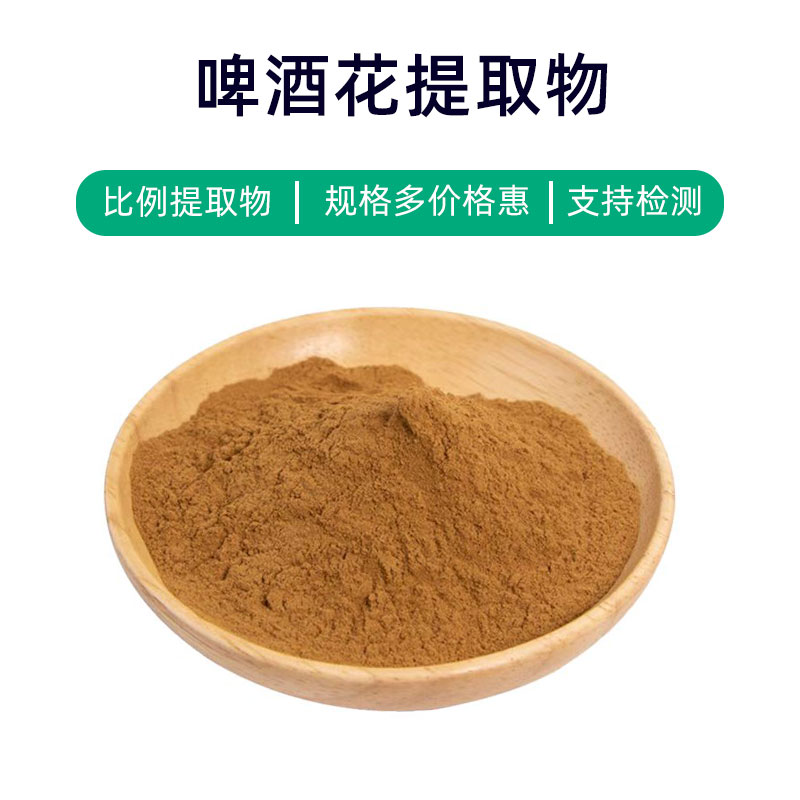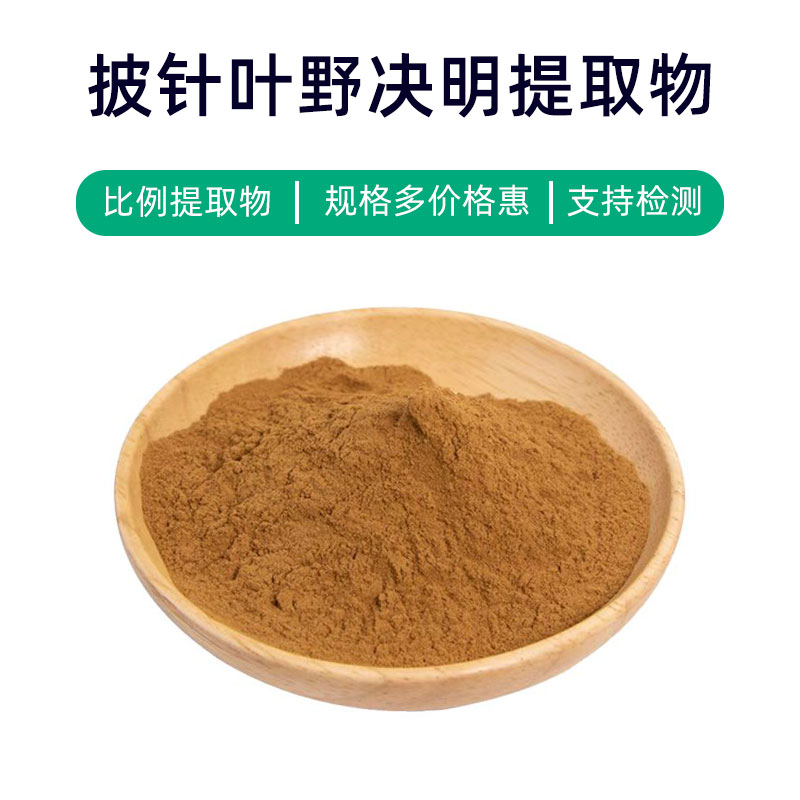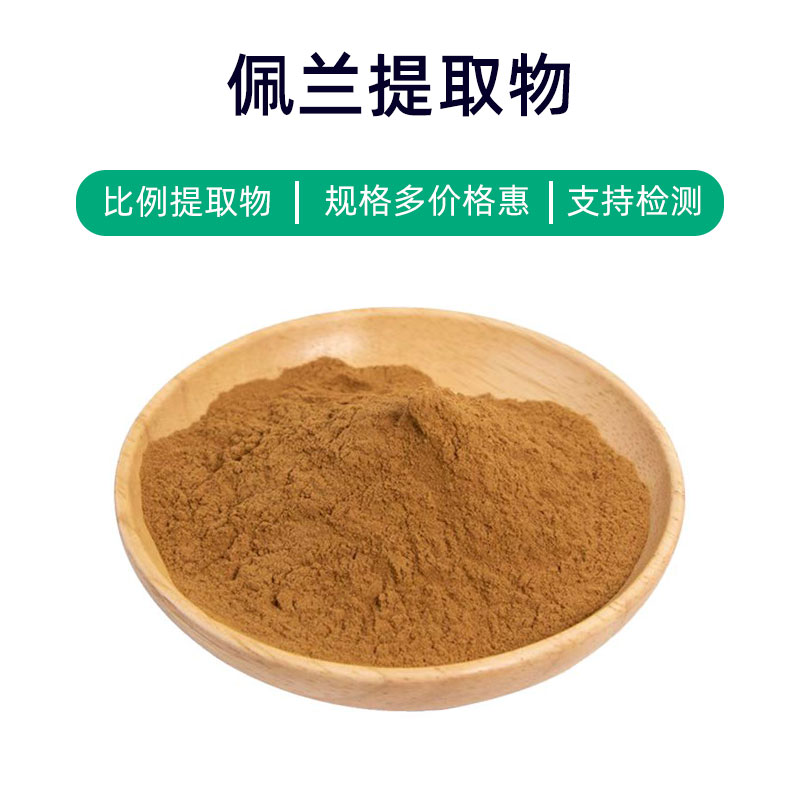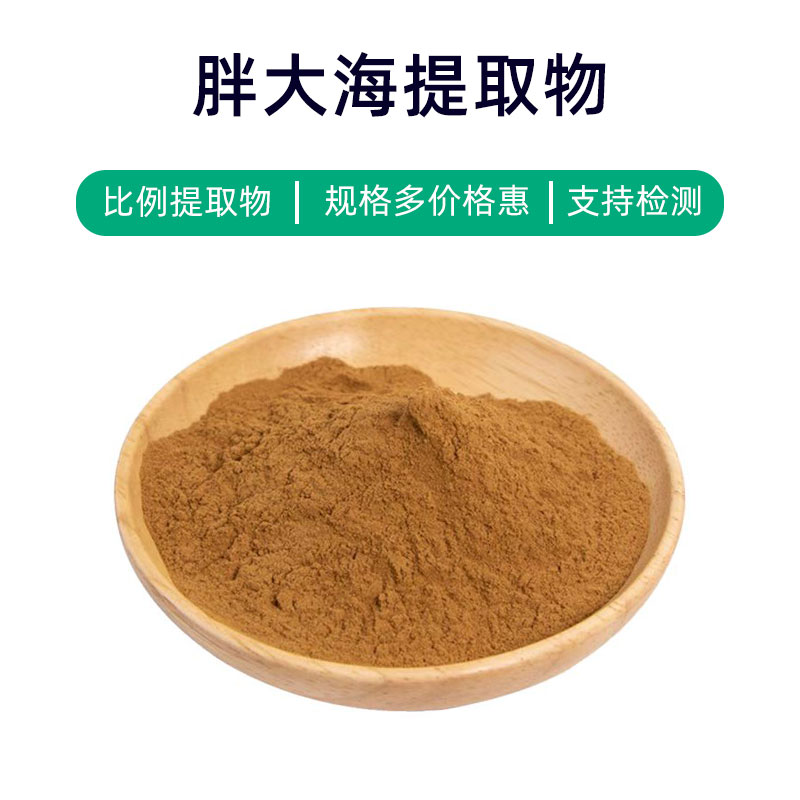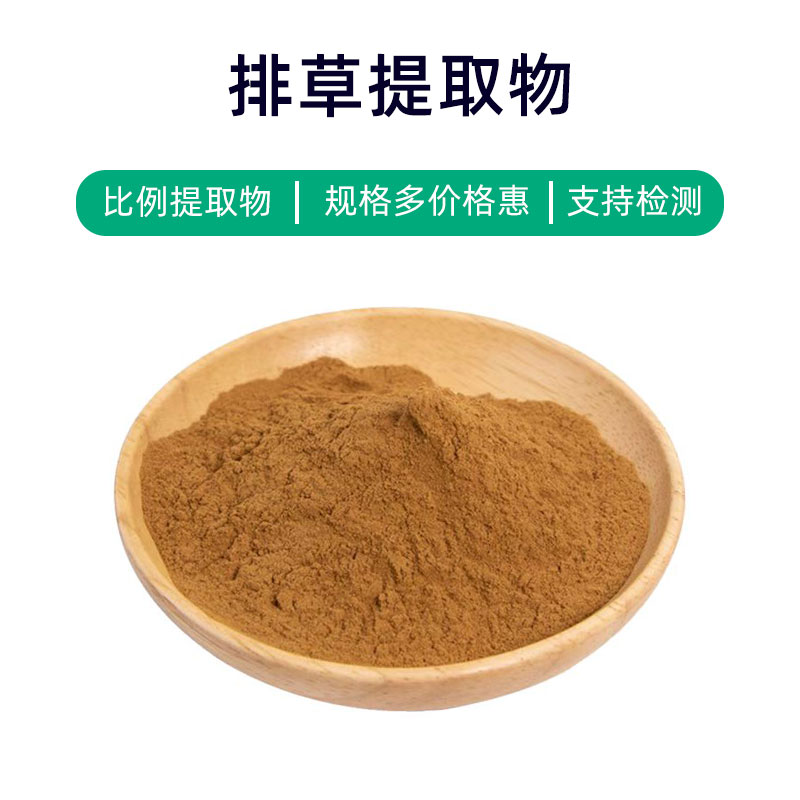Walnut Shell Extract Product Introduction
Walnut shell extract is a natural plant extract derived from the shells of walnuts, with key components including tannins, polyphenolic compounds, and plant tannins. It offers a variety of benefits and applications.
Firstly, walnut shell extract has strong antioxidant properties that can help neutralize free radicals, protecting cells from oxidative damage and slowing the aging process.
Secondly, walnut shell extract is rich in tannins, which have astringent properties that can tighten skin tissue, reduce pore enlargement, and improve skin elasticity, making it firmer and smoother.
Additionally, walnut shell extract exhibits antibacterial and anti-inflammatory effects, effectively clearing bacteria and inflammation from the skin’s surface, helping to prevent and alleviate acne and other skin issues.
In cosmetics, walnut shell extract is often used as a natural dye, antioxidant, and moisturizer, widely found in skincare products, shampoos, and body washes, enhancing product effectiveness and quality.
Overall, walnut shell extract is a valuable ingredient in skincare, beauty, and personal care products due to its rich composition and multiple benefits, making it an ideal component in many cosmetics and skincare formulations.
Walnut Shell Extract Production Process
The production process of walnut shell extract typically includes the following steps:
- Collection and Cleaning: Fresh walnut shells are collected and cleaned to remove surface impurities, ensuring the raw material is clean and hygienic.
- Grinding and Crushing: The clean walnut shells are ground and crushed to increase extraction efficiency. Mechanical grinding or crushing methods are often employed to produce powder or granules.
- Solvent Extraction: The ground walnut shell samples are mixed with an appropriate solvent (such as ethanol or water) for extraction. Under suitable temperature and time conditions, effective components within the walnut shells dissolve into the solvent.
- Filtration and Concentration: After extraction, the extract is filtered to remove residues and impurities. Techniques like evaporation or vacuum concentration are used to remove the solvent, yielding a concentrated walnut shell extract.
- Drying and Grinding: The concentrated extract is dried to eliminate any residual moisture to reach the desired water content. Then, it is ground into a fine powder.
- Testing and Packaging: The final product undergoes quality testing to ensure it meets relevant standards and regulations. It is then packaged, typically in plastic bags, aluminum foil bags, or sealed containers, to ensure product quality and stability.
- Storage and Transportation: Finally, the packaged walnut shell extract is stored in a dry, cool, and ventilated area, avoiding direct sunlight and humid conditions to prolong its shelf life. Care is taken during transportation to prevent vibration and collision, ensuring product integrity and stability.
Walnut Shell Extract Effects and Side Effects
As a natural plant extract, walnut shell extract boasts various benefits and effects, primarily including:
- Antioxidant Effects: Rich in polyphenolic compounds and plant tannins, walnut shell extract has strong antioxidant activity that can neutralize free radicals, slow oxidation, and protect cells from oxidative damage, aiding in the prevention and delay of aging.
- Astringent Effects: Walnut shell extract is high in tannins, providing astringent properties that can tighten skin tissue, reduce oil secretion, and improve oily and combination skin, making skin firmer and smoother.
- Antibacterial and Anti-inflammatory Effects: The active components in walnut shell extract possess antibacterial and anti-inflammatory properties, purging bacteria and inflammation from the skin, helping to prevent and treat acne and blemishes, purifying the skin and promoting its repair and regeneration.
- Softening Skin: Walnut shell extract contains natural scrub particles that can act as a natural exfoliator, removing aging skin cells from the surface and making skin softer and smoother, promoting renewal and metabolism.
- Cleansing Effects: Walnut shell extract effectively cleanses by absorbing dirt and impurities from the skin's surface, deeply cleaning pores and providing a refreshing, non-greasy feeling, contributing to skin cleanliness and health.
However, individual skin types may vary, and some individuals may experience allergic reactions or irritation to walnut shell extract. It is recommended to conduct a patch test prior to use, and if any discomfort occurs, usage should be discontinued immediately. Additionally, avoid contact with eyes and mucous membranes to prevent unnecessary irritation and adverse reactions.
Walnut Shell Extract Application Scenarios and Dosage
Walnut shell extract has broad applications in the pharmaceutical, food, and cosmetics sectors. Below are key details on its applications and recommended usage within these fields.
- Pharmaceutical Applications:
- Skin Care: Walnut shell extract can be used as a natural exfoliator to remove aging skin cells, promoting skin renewal. Usage: Evenly apply an appropriate amount of walnut shell extract onto damp skin, gently massage, and rinse with clean water. Dosage: Recommended for use 1-2 times a week.
- Anti-inflammatory: Walnut shell extract contains antibacterial and anti-inflammatory components, usable for treating mild inflammatory skin issues, such as acne and blemishes. Usage: Apply a small amount directly to the affected area, gently massaging until absorbed. Dosage: Up to 1-2 times daily as needed.
- Food Applications:
- Food Additive: Walnut shell extract can serve as a food additive to enhance flavor and color while providing certain antioxidant properties. Usage: Add according to the formulation in food production, generally at a usage level of 0.1%-0.5% of the total food weight.
- Cosmetic Applications:
- Cleansing Products: Walnut shell extract can function as a natural exfoliator in cleansing products, deeply cleaning pores and removing dirt and dead skin cells for a fresh, smooth finish. Usage: Follow product instructions; typically, an appropriate amount is applied to damp facial skin, gently massaged, and rinsed with clean water.
- Body Scrubs: Walnut shell extract can serve as an ingredient in body scrubs, effectively removing aging skin cells from the body, resulting in smoother and softer skin. Usage: Apply an appropriate amount of scrub evenly to damp body skin, gently massage, and rinse with clean water.
In summary, walnut shell extract is widely utilized in pharmaceuticals, food, and cosmetics, but caution should be exercised regarding dosage to avoid excessive skin irritation or overuse, along with ensuring product quality and safety.
Walnut Shell Extract Source Plant Introduction, Distribution, and Growing Environment
The source plant of walnut shell extract is the walnut tree, scientifically known as Juglans regia. This tree belongs to the Juglandaceae family and is a common, large deciduous tree mainly distributed in temperate regions of Asia, Europe, and North America. Below is a detailed description of the walnut tree, including its introduction, distribution, and growing environment:
- Plant Introduction:
- The walnut tree is a large tree, reaching heights of over 25 meters, with a stout trunk and gray-brown bark, exhibiting a distinct texture. Its leaves are compound, composed of 5-9 leaflets arranged pinnately, elongated and narrow with serrated edges.
- The flowers of the walnut tree are unisexual, with male and female flowers growing separately on the same tree, typically blooming in spring. The fruit is a drupe with a leathery outer shell containing the walnut kernel that we commonly see.
- Distribution:
- The walnut tree is native to Central Asia, predominantly found in regions such as Iran, Turkey, and Greece and has gradually been introduced to Europe, North America, and elsewhere.
- In China, walnut trees are primarily found in the Yangtze River basin, Yellow River basin, Liao River basin, especially in areas like Shaanxi, Gansu, and Shanxi, which are known for high walnut production.
- Growing Environment:
- The walnut tree thrives in warm and humid climates, with an optimal temperature range of 15°C to 25°C and an annual rainfall of over 600 millimeters. While it is not strict regarding soil requirements, it prefers deep, fertile, well-drained sandy loam.
- The walnut tree requires ample sunlight, as sufficient sunlight promotes fruit development and ripening.
In summary, the walnut tree is the primary source of walnut shell extract, mainly distributed in temperate regions of Asia, Europe, and North America, with a preference for warm, humid, and well-lit environments. In such conditions, walnut trees flourish and produce nutrient-rich nuts with medicinal value for consumption and extraction of beneficial components.
Walnut Shell Extract Processing and Storage
The processing of walnut shell extract includes several key steps: First is material handling, which involves cleaning and drying the collected walnut shells; next, the extraction process uses appropriate solvents (such as ethanol or water) for leaching and extraction; then, concentration and filtration processes refine the extract; finally, drying and grinding yield the finished walnut shell extract.
For storage, walnut shell extract should be kept in a cool, dry, and ventilated environment, away from direct sunlight and high temperatures, to prevent moisture ingress, mold, or spoilage. It should be stored in sealed containers to avoid contact with air and humidity. Regularly check the product's appearance and smell to ensure quality and safety. Under appropriate storage conditions, walnut shell extract can maintain stable quality and potency for an extended period.
Monica Sun is a seasoned expert in the plant extraction industry with over a decade of experience in research and production. She specializes in the extraction and purification of plant active ingredients, focusing on driving innovation in natural product applications. Monica has participated in the development of multiple functional plant extracts, delivering high-value natural raw material solutions for the health food, pharmaceutical, and dietary supplement sectors.









